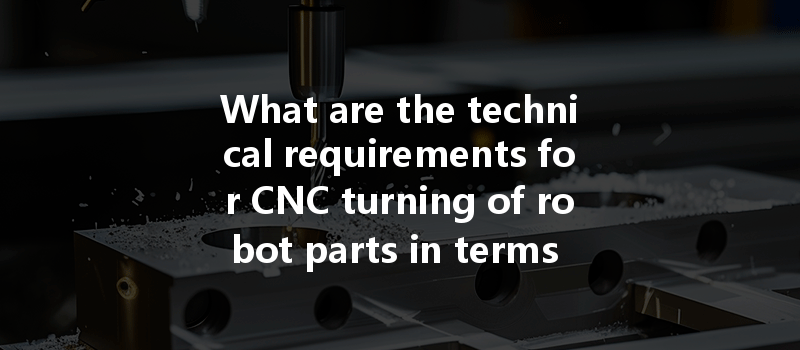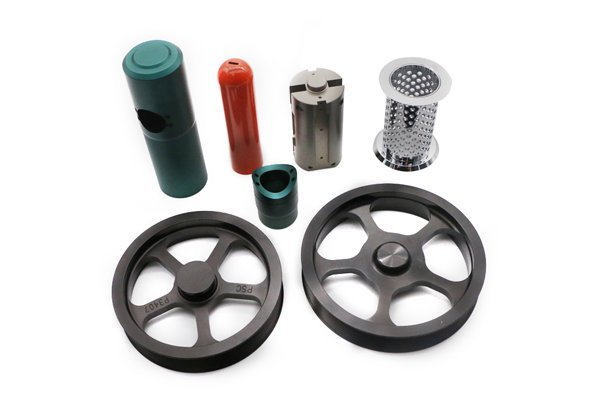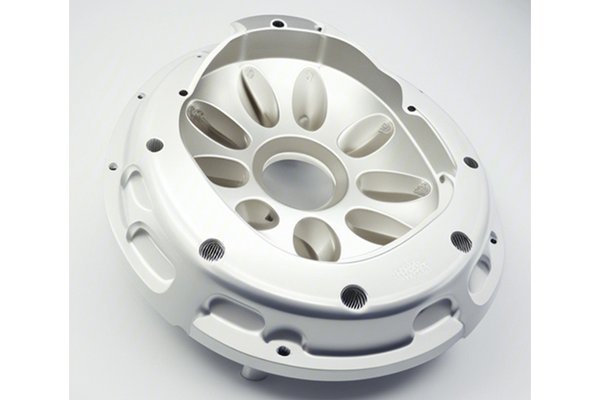Opening:
Did you know that the global robotics market is projected to grow from $62.75 billion in 2020 to over $200 billion by 2025? As industries increasingly rely on automation, the need for precise manufacturing techniques has never been more critical. In this landscape, CNC (Computer Numerical Control) turning has emerged as a pivotal technology for producing robot parts with the necessary accuracy and performance characteristics. But what makes CNC turning so essential for these components? Let’s dive deep into the technical requirements that govern CNC turning specifically in the context of robotics.
Understanding CNC Turning in Robotics
CNC turning is a subtractive manufacturing process that utilizes computer technology to control machine tools. It’s particularly well-suited for creating symmetric parts, which are common in robotics, such as gears, shafts, and spindles. The precision required in robotics means that even the slightest deviation in dimensions can lead to functionality issues or system failures.
Precision and Tolerances: The Cornerstone of CNC Turning
In CNC turning, the tolerance specifications dictate how close the finished product can be to the desired dimensions. For robot parts, tolerances typically range between ±0.005 inches to ±0.001 inches depending on the specific application and function of the part. Understanding the acceptable tolerance levels ensures these components fit perfectly within the robotic system, maintaining both performance and longevity.
The surface finish is another crucial technical requirement. Higher surface finish standards can enhance wear resistance and reduce friction, which are essential for moving parts in robotics. CNC turning processes often aim for a surface roughness between Ra 0.2 µm to Ra 1.6 µm, depending on the functional requirements of the part being produced.
Materials Matter: Selecting the Right Substrate
Robotic parts must withstand various stresses during operation. Common materials for CNC turning in robotics include aluminum alloys, titanium, stainless steel, and advanced polymers. Each material has unique properties, including strength, ductility, corrosion resistance, and thermal conductivity.
The machinability of selected materials can significantly impact production efficiency. Some materials are easier to machine than others, affecting tooling wear rates and cycle times. Understanding the specific machining capabilities related to each chosen material ensures optimal outcomes in production.
Tooling: The Heart of Precision CNC Turning
Choosing the right tooling is critical for achieving the desired precision in CNC turning. The type of cutting tools, whether made of carbide, high-speed steel, or other materials, will impact the accuracy and quality of the finished product.

The geometry of the cutting tools plays a pivotal role in how effectively they can machine the material. Features such as rake angle, clearance angle, and coatings can enhance machining performance, reduce friction, and prolong tool life, ensuring that precision is maintained throughout the process.
Programming and Setup: Ensuring Consistent Accuracy
The programming phase is where the machine’s control system is set up to execute the turning operation accurately. G-code, the language used to instruct CNC machines, must be written meticulously, as any errors in the code can lead to significant deviations in part specifications.
Before machining begins, proper setup and calibration of the CNC machine are imperative. This involves aligning the workpiece with the machine’s cutting tools accurately. Regular calibration checks are also essential to maintaining the machine’s precision over time.
Quality Assurance: Monitoring Performance
In the world of CNC turning, in-process quality checks provide immediate feedback on the integrity of the finished product. Various measuring tools, including calipers, micrometers, and CNC-compatible laser measurement systems, can ensure that every part meets the specified tolerances.
Once parts have been machined, they should undergo a final inspection that assesses their overall quality and compliance with design specifications. Techniques such as non-destructive testing can reveal flaws without damaging the part, ensuring it meets all functional requirements.
In conclusion, CNC turning is a vital manufacturing process for producing robot parts that demand high precision and performance. Understanding and addressing the technical requirements, including tolerances, material selection, tooling, programming, and quality assurance, plays a critical role in the success of CNC machining in robotics.
As the robotics industry continues to grow, the importance of precision manufacturing techniques and adherence to technical specifications becomes ever more significant. Thinking about these factors not only helps engineers design more effective robotic solutions but also builds a foundation for future advancements in the field.
By investing in robust CNC turning capabilities and focusing on meeting the stringent technical requirements, manufacturers can ensure that their robotic components are of the highest quality, thus fostering innovation and efficiency in an expanding market. The future of robotics hinges on these carefully machined parts, and now is the time to prioritize precision in every turn.






